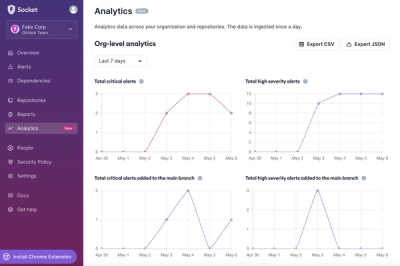Sqlite middleware
This package removes all the annoying boilerplate code you have to write when using sqlite3. Instead, use the methods this package provides, and easily manage your sqlite database in your python project.
Installation
For more information, check out the PyPi page
To install the newest version, use:
pip install sqlite-middleware
Db class:
All the functionality of this package is in the Db class.
When creating a new instance of this class, you should specify following parameters:
- database: (str) name of the sqlite file
Example usage:
db = Db("demo.db")
When an instance of Db is deleted, the __del__ magic method will close the connection.
Methods
Here are all the methods that the Db class provides:
Select all
This method will retrieve and return all objects of a certain class from the sqlite database.
Parameters:
- cls: (Class) class of the objects you want to retrieve
Example usage:
db.select_all(Person)
Select by id
This method will retrieve and return an object with certain id and class from the database.
Parameters:
- cls: (Class) class of the object you want to retrieve
- id: (int) id of the object you want to retrieve
Example usage:
db.select_by_id(Person, 2)
Select by custom attribute
This method will retrieve and return an object with certain value for a certain attribute
Parameters:
- cls: (Class) class of the object you want to retrieve
- custom_attribute: (str) string of the column of the attribute you want to search for
- value: (any) value of this attribute you are searching for
Example usage:
db.select_by_custom_attribute(Person, "name", "John Doe")
Create table
This method will create a table in the database for objects of a certain class.
Parameters:
- object: (Instance) instance of the class you want to create a new table for.
Example usage:
db.create_table(Person())
Save object
This method will save an object in the database.
It will also create a table if it doesn't exist yet.
Parameters:
- object: (Instance) object you want to save in the database.
Example usage:
person = Person("John Doe")
db.save_object(person)
Update object
This method will update an existing object in the database.
Parameters:
- id: (int) id of the object you want to update.
- object: (Instance) object containing new values you want to save in the database.
Example usage:
person = Person("John Doe")
db.save_object(person)
person.set_name("Michael Myers")
db.update_object(1, person)
Delete object
This method will delete an object from the database.
Parameters:
- cls: (Class) class of the object you want to delete.
- id: (int) id of the object you want to delete
Example usage:
person = Person("John Doe")
db.save_object(person)
db.delete_object(Person, 1)
How does it work
Table names
By default table names are created with the name of the class you specified.
tbl[Classname]s
The reason that we must pass an object, and not a class, to db.create_table(), is because it takes all the instance variables of this object and uses them to create a column in the sqlite table.
For example with a class named Person, which has a name parameter:
db.create_table(Person())
The line above would create a table, with name tblPersons and it would have 2 columns name, and also an auto-generated column for id.
As we need id's to specify what object to delte, the id needs to be stored in the database, this is done automatically when creating a table / saving an object.



